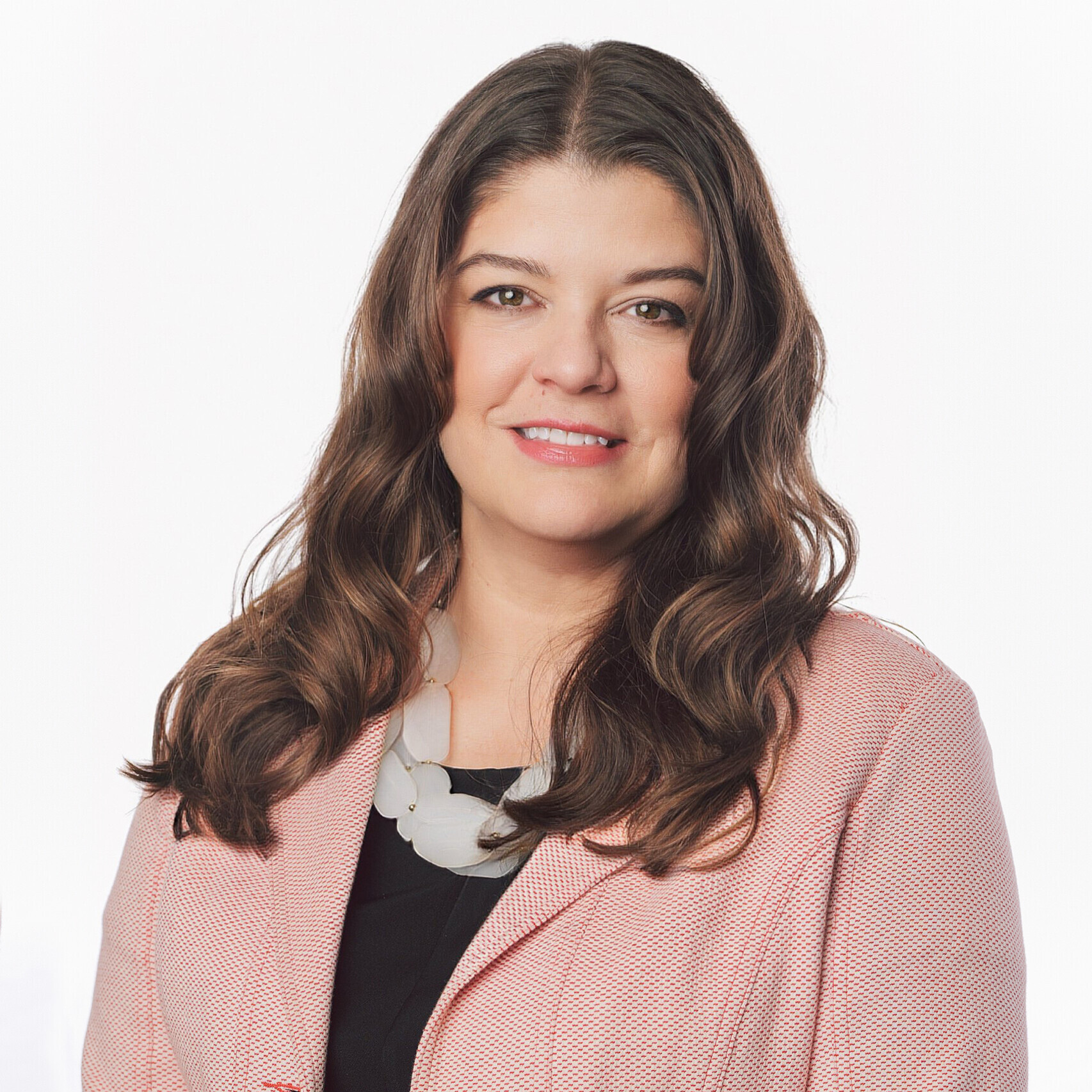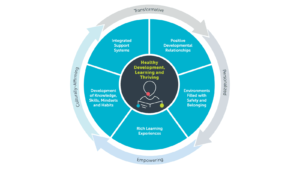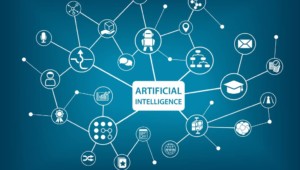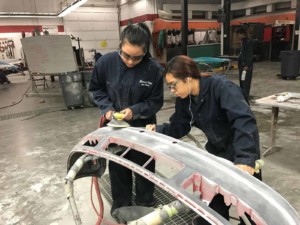T³ Alliance: Developing “Solutionary” Mindsets

Remember being asked, “What do you want to do when you grow up?” It was an oft used question that adults would politely ask children. Recently these responses may have grown to include media influenced answers, such as a professional athlete, musician, or maybe a gamer or a YouTube Channel Creator. Instead, as Jaime Casap, Chief Education Evangelist at Google, has offered, we should probably be asking learners, “What problems do you want to solve?”
Never underestimate what types of problems children can solve. Examples abound. Modern Blanket Toss is one. Modern Blanket Toss, a concluded National Science Foundation grant brought Upward Bound students from Hawaii and Alaska to use design thinking to collect scientific data about climate change and the impacts to the environment. To gather the scientific data to submit to NASA, students learned to use probes and build needed technology, such as quadcopters. These were hand built and therefore able to be maintained in remote locations. This summer learning experience brought students from across the Pacific Ocean together to grow their understanding of each other, themselves and their budding agency. This led to several students becoming informed advocates for their communities.
The Teaching Through Technology Alliance (T3) was formed to increase STEM interest in high school students. Imagine the empowerment of this approach: inexpensive, handmade computers and devices, often supported with pieces and attachments or casings printed by a 3D printer in the hands of not just students but whole communities after a natural disaster or a devastating event such as Hurricane Maria in Puerto Rico.
Recently I visited Puerto Rico in a trip sponsored by the T3 Alliance. T3 organized a purposeful structure around community learning and community problem solving for adults that work with underserved youth from EPSCoR States. This group typically sponsors training for Upward Bound students, however, this trip was designed for the adults who work with similar young learners.
Think of it as mindset meets design thinking. It doesn’t stop there. Add in some project-based learning with community problem-solving. Soon you have long-term collaborations tapping into the broad knowledge base of young people, families and community partners. These diverse participants come together to solve real issues identified in a week’s training, and then can follow up throughout a designated period of time. T3 involves a group of educators who have been working together for almost a decade on similar learning projects. The members span from young learners, parents, educators, business leaders, university and district administrators and reside in states across America, from Hawaii to Puerto Rico. Each member of the T3 Alliance brings their talent and passion to the overall project.
Through growth mindset practices and design thinking, T3 Alliance invited Upward Bound directors, trainers and teachers, professors and community organizers to experience what they typically bring to student learners. This group could be renamed, How to Hack Project Based Learning in One Week. After reviewing applicable mindset practices of self-talk and changing approaches to learning, participants build a computer, using a $35 Raspberry Pi.
Once the computer is assembled, participants begin to program their new computer using Raspberry Pi and sensors. Participants then learn how to add inexpensive and replaceable sensors to gather environmental data. They learn to do basic visual programming and how to hook up to other affordable hardware, such as 3D printers and autonomous vehicles (land, sea, air). This learning sets the scene for problem-solving to come. With a hand-built data cruncher at their fingertips, they begin to partner up and dig into an issue. The problem can be personal or community focused and after completing a design thinking session, they come up with action plans.

In a few short days, participants walk away with an enhanced toolkit and access to the T3 Alliance online forum for the “we can and we will” mentality of problem-solving to use with their high school and college students. They leave as Solutionaries. These small solutions will lead to members coming together to solve bigger problems. In Puerto Rico, there were no shortages of things to address after Hurricane Maria. This need is also evident in remote areas of Hawaii and Alaska, and could also be the case in urban areas, farming communities, or seasonal locations. When these approaches are incorporated and community members are brought together, a powerfully transforming experience can occur.
What is starting to emerge from Puerto Rico is a larger story of system thinking and artificial intelligence in the hands of communities rebuilding. The ability to help yourself and one another can provide some level of emotional support in times of crisis. A common purpose can change the trajectory of a learner as well as a community.
Through organized collaboration between Upward Bound programs across the nation, directors are able to utilize resources and help one another solve problems. T3 is providing support through design thinking protocols and the creation of hardware and software that is affordable to everyone. This emphasizes the use of technology as a tool in the design process and not as a driver. A tool to check air quality outside your home or by a playground, a tool to check wind velocity and projected impact, a tool to detect motion for detecting oncoming disasters for early warning and quick responses.
Solutionary is not a word, yet. T3 is working to build a Solutionary Mindset. I would not be surprised if it grows into a movement.
For more, see:
- How to Teach STEM Without Being an Engineer
- STEM Projects in Active Learning Spaces at Samueli Academy
- All About STEM High Schools
 Stay in-the-know with innovations in learning by signing up for the weekly Smart Update.
Stay in-the-know with innovations in learning by signing up for the weekly Smart Update.








0 Comments
Leave a Comment
Your email address will not be published. All fields are required.